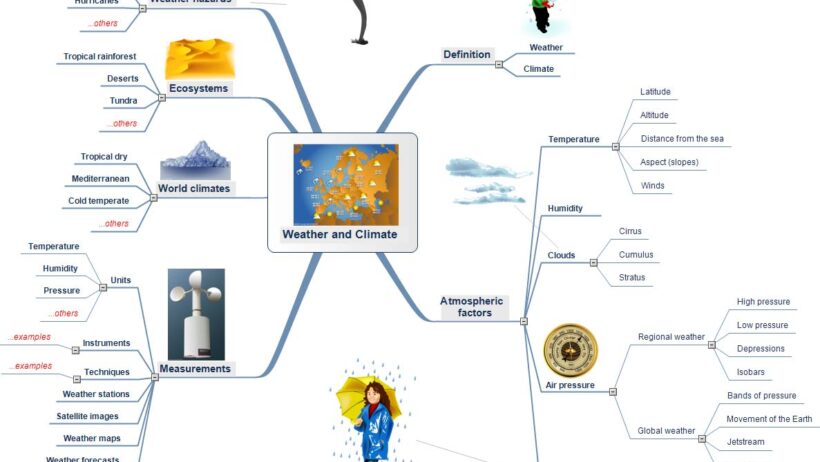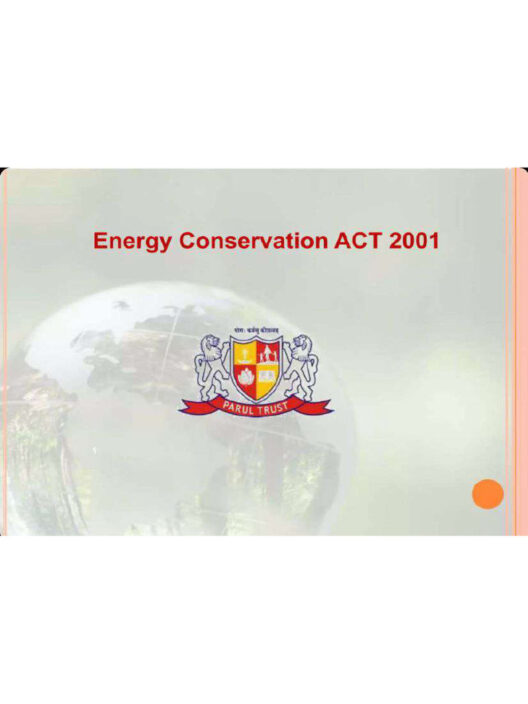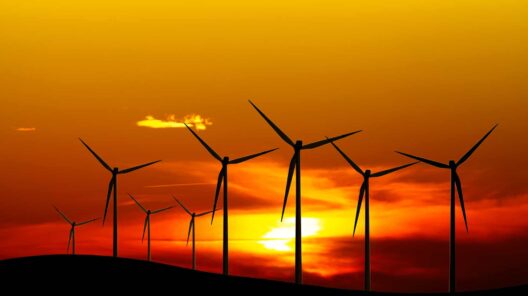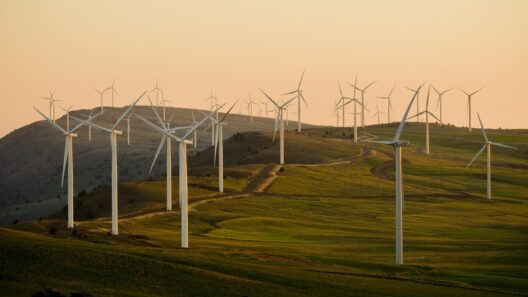The Earth’s climate is a quintessential tapestry woven from myriad threads of atmospheric dynamics, oceanic currents, and terrestrial factors. It is an ever-changing panorama, akin to an artist’s palette, where vibrant colors blend and shift under the influence of an invisible hand. Understanding the climate of our planet necessitates a journey through its foundational elements, the phenomena that shape its character, and the perennial impacts of human activity.
Climate, fundamentally, refers to the long-term patterns of temperature, humidity, wind, and precipitation that define a region. It serves as a backdrop against which the intricate drama of life unfolds. These climatic patterns emerge from the interplay between the sun, Earth’s diverse environments, and the myriad variables that govern them. The solar energy we receive is distributed unevenly across the planet due to factors such as latitude, altitude, and geographical features, creating distinct climatic zones.
The planet is divided into several climate zones: tropical, arid, temperate, cold, and polar. Each of these zones is characterized by unique weather patterns. The tropical climate, for instance, teems with vitality, offering lush greenery and abundant rainfall, symbolizing life in its most exuberant form. In contrast, the arid zone, often perceived as desolate, holds its own beauty, where golden dunes and resilient flora adapt to the stark scarcity of moisture. Temperate zones, with their seasonal shifts, present a spectacle of transformation, reminiscent of a life cycle—birth, growth, decline, and rebirth—while polar regions, stark and icy, narrate tales of endurance against the fierce embrace of cold.
Weather, however, is the short-term expression of climate. It can shift rapidly, like a fleeting emotion, creating a whimsical dance that can turn from clear skies to torrential downpours within moments. Meteorological phenomena such as storms, hurricanes, and blizzards are the tumultuous expressions of the atmosphere struggling to maintain equilibrium. The balance is fragile; a mere perturbation can lead to extreme weather events, serving as a stark reminder of nature’s formidable power.
The oceans play a critical role in regulating the Earth’s climate. They act as a global thermostat, absorbing and distributing heat from the sun. Ocean currents, including the warm Gulf Stream and the cold California Current, function like rivers within the sea, transporting heat across vast distances. These currents influence weather patterns and, by extension, shape local climates. The rich diversity of marine ecosystems depends on these currents, underscoring the ocean’s role as a life-giving force.
Nevertheless, the climate system is not static; it is perpetually in flux. Natural phenomena such as volcanic eruptions and solar variations historically caused significant climatic shifts. For instance, the eruption of Mount Pinatubo in 1991 vented colossal amounts of ash and sulfur dioxide into the stratosphere, temporarily cooling the planet. However, contemporary climate change—primarily driven by human activities—presents an unprecedented challenge. The combustion of fossil fuels, deforestation, and industrial processes release greenhouse gases into the atmosphere, disrupting the delicate balance that has governed Earth’s climate for millennia.
Greenhouse gases, like carbon dioxide, methane, and nitrous oxide, trap heat, creating a “greenhouse effect” that warms the planet. This phenomenon resembles wrapping the Earth in a cozy blanket—too much warmth renders us suffocated. The consequences of this warming are increasingly apparent, manifested in rising sea levels, intensified storms, and altered weather patterns that deviate from historical norms. As creatures of this planet, humanity must reckon with the ramifications of its choices, acknowledging that the future of our climate hinges on our actions today.
One of the most alarming indicators of climate change is the accelerating rate of glacial and polar ice melt. Icons of the natural world, glaciers are disappearing at an astonishing pace, contributing to rising sea levels and threatening coastal communities. The intricate dance of ice and ocean, once in harmony, is now marred by the unsettling specter of climate change. Each melted glacier is a poignant reminder of losses stirred by global warming, akin to pages torn from a cherished book.
Moreover, biodiversity is intricately linked to climate. Shifts in climate patterns disrupt habitats, resulting in species migration or extinction. Ecosystems that once flourished are now appearing vulnerable, and the delicate web of life that sustains our planet is fraying. Fauna and flora that have adapted over eons to specific climatic conditions are now faced with the daunting task of survival in an altering environment. Measures to mitigate climate change, therefore, are as much about preserving biodiversity as they are about stabilizing our climate.
The call for environmental stewardship has never been more pressing. Conscientious action—whether it be reducing carbon footprints, advocating for renewable energy, or participating in global climate agreements—has become an ethical imperative. The moral responsibility weighs heavily on individual and collective shoulders; we are tasked not just with preserving the magnificence of Earth’s climate but also safeguarding the prospects of future generations.
In conclusion, the climate of our blue planet is an intricate mosaic, forever shaped by intricate relationships among its components. Understanding its complexities calls for a commitment to not just observe, but to act. As custodians of this Earth, the narrative of climate change is one that demands our undivided attention and dedicated action. Like a mighty river flowing towards the ocean, each action we take shapes the course of our shared future. The choices we make today will echo throughout the annals of time, crafting the climate legacy we leave for those who tread upon this planet after us.







